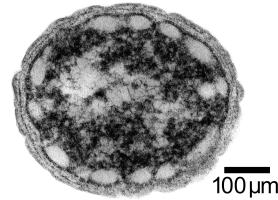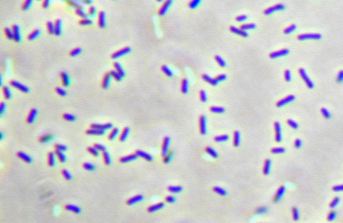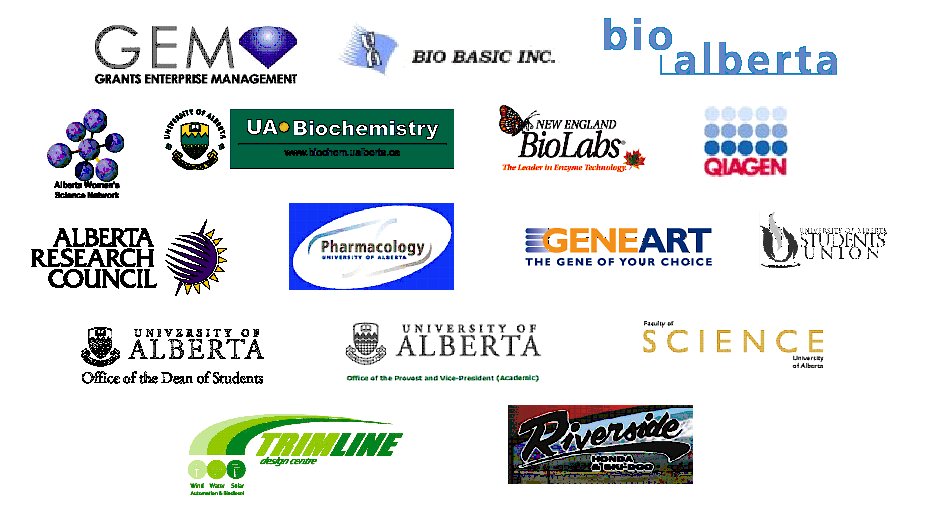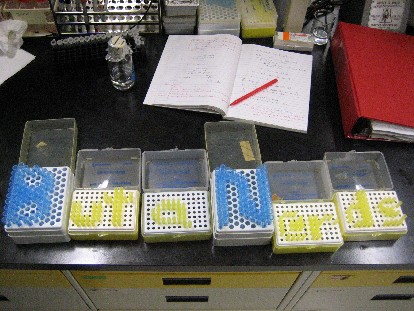Alberta
From 2007.igem.org
(→'''Become A Partner''') |
|||
| Line 50: | Line 50: | ||
{| align="center" style="color:white;" | {| align="center" style="color:white;" | ||
| - | + | |[[Image: Alberta_sponsors1.gif]] | |
| - | + | } | |
| - | + | ||
| - | + | ||
| - | + | ||
| - | + | ||
| + | '''Sponsors''' (in alphabetical order) | ||
{| align="center" style="color:white;" | {| align="center" style="color:white;" | ||
| - | + | |[[Image: Alberta_sponsors2.gif]] | |
| - | + | } | |
| - | + | ||
| - | + | ||
| - | + | ||
| - | + | ||
| - | + | ||
| - | + | ||
| - | + | ||
| - | + | ||
| - | + | ||
| - | + | ||
| - | + | ||
| - | + | ||
| - | + | ||
| - | + | ||
| - | + | ||
| - | + | ||
| - | + | ||
| - | + | ||
| - | + | ||
| - | + | ||
| - | + | ||
| - | + | ||
| - | + | ||
| - | + | ||
| - | + | ||
| - | + | ||
| - | + | ||
| - | + | ||
| - | + | ||
| - | + | ||
| - | + | ||
| - | + | ||
| - | + | ||
| - | + | ||
| - | + | ||
| - | + | ||
| - | + | ||
| - | + | ||
| - | + | ||
| - | + | ||
| - | + | ||
| - | + | ||
| - | + | ||
| - | + | ||
| - | + | ||
| - | + | ||
| - | + | ||
| - | + | ||
| - | + | ||
| - | + | ||
| - | + | ||
| - | + | ||
| - | + | ||
| - | + | ||
| - | + | ||
| - | + | ||
| - | + | ||
| - | + | ||
| - | + | ||
| - | + | ||
| - | + | ||
| - | + | ||
| - | + | ||
| - | + | ||
| - | + | ||
| - | + | ||
| - | + | ||
| - | + | ||
| - | + | ||
| - | + | ||
| - | + | ||
| - | + | ||
| - | + | ||
| - | + | ||
| - | + | ||
| - | + | ||
| - | + | ||
| - | + | ||
'''Advice''' | '''Advice''' | ||
Revision as of 16:55, 25 October 2007

The Offical Wiki of the 2007 University of Alberta iGEM Team
Contents |
Background: Biofuels
With growing concerns in the global energy market there has been a continual push for the development of renewable energy sources. Specifically, two fuels have dominated the media: biodiesel and ethanol. However, both of these fuels have shortcomings in terms of being a viable fuel source.
Biodiesel is a fuel produced from the vegetable oils of crops that can be used in an engine system very similar to a traditional diesel engine. However, vegetable oils in crops only make up a small portion of the biomass of the plants, ultimately producing low yields of fuel per acre of crops. As such, it is more economically sound to use these resources for food production.
There has been huge attention to the use of ethanol in the typical auto cycle engine. In many places it is already being blended with gasoline to create a hybrid fuel source. However, running an engine on pure ethanol is beset by several major obstacles. Firstly, ethanol is miscible with water at any concentration, which creates long term storage corrosion issues. In addition, ethanol engines must be designed to expect water vapor unlike their gasoline counterparts. Ethanol also has significantly different thermodynamic properties than gasoline such as a lower energy density and different vapor properties, which would reduce the economical advantage of using ethanol as a primary fuels source.
We propose using a different fuels source to eventually replace gasoline, butanol. Butanol is a superior to ethanol as a replacement for petroleum gasoline. With a low vapor pressure, high energy density, and a gasoline-like octane rating, it can be blended into existing gasoline at much higher proportions than ethanol without compromising performance, mileage, cold starting, or volatile organic pollution standards. Blending butanol with gasoline also prevents modifications of the fuel-air ratio and modifications to the fuel system. Butanol also is immiscible with water at concentrations higher than 7%, alleviating storage concerns.
More information on the summary of biofuels viability and the inspiration to our project can be found here.
The Project: Plan B
We propose the use of butanol as the leading biofuel for use in internal combustion engines. Specifically, we intend to genetically engineer E.coli bacteria to convert biomasses into butanol for use as an energy source. This will be accomplished by introducing the genes responsible for butanol production in Clostridium acetobutylicum into E.coli. Furthermore, we hope to increase the E.coli's tolerance to solvents such as butanol.
Concurrently, we are looking into the use of a photoautotrophic bacterium, Chlorobium tepidum, that we will also introduce butanol producing genes into. Chlorobium tepidum is a green sulfur bacterium that is strictly anaerobic and uses sulfur compounds as terminal electron donors. Chlorobium tepidum is a moderately thermophillic bacterium, growing at 40 degrees celcius (104 degrees fahrenheit for the yankees), and requires low light conditions for optimal growth. These bacteria grow well in a defined medium, utilizing the reverse/reductive tricarboxylic acid (TCA) cycle to build up carbohydrates from carbon dioxide. For a more comprehensive overview of Chlorobium tepidum go to http://www.bmb.psu.edu/faculty/bryant/lab/chlorobiumtepidum/index.html
Figure 1 and 2 Images from http://www.bmb.psu.edu/faculty/bryant/lab/chlorobiumtepidum/index.html
The advantage of manipulating this organism for butanol production is a matter of energy input. Rather than having to utilize vast amounts of food stocks, such as grains or sugars, a photoautotroph will fix carbon dioxide into the complex carbohydrates required for butanol production. Theoretically, if the only fuel on our planet was butanol, and it was produced in this manner, there would be little net carbon dioxide produced.
Project Timeline
Insert GANTT Chart here
Become A Partner
This summer, eleven members are participating in this very exciting project voluntarily without monetary stipend and fundraising to do the project from scratch. We would love to form a relationship with your organization's support to help achieve our goals in this exciting learning experience.
If your organization is interested in becoming a partner and supporting our exciting learning adventures, contact our fundraising coordinator Michelle; mcchan[at]ualberta.ca or our mentor Dr. Michael Deyholos; deyholos[at]ualberta.ca
Major Sponsors

} Sponsors (in alphabetical order)
|







